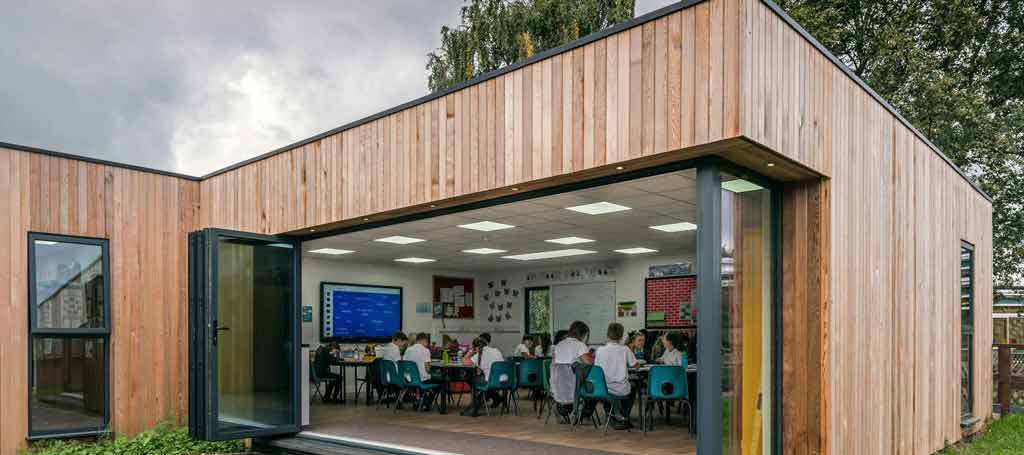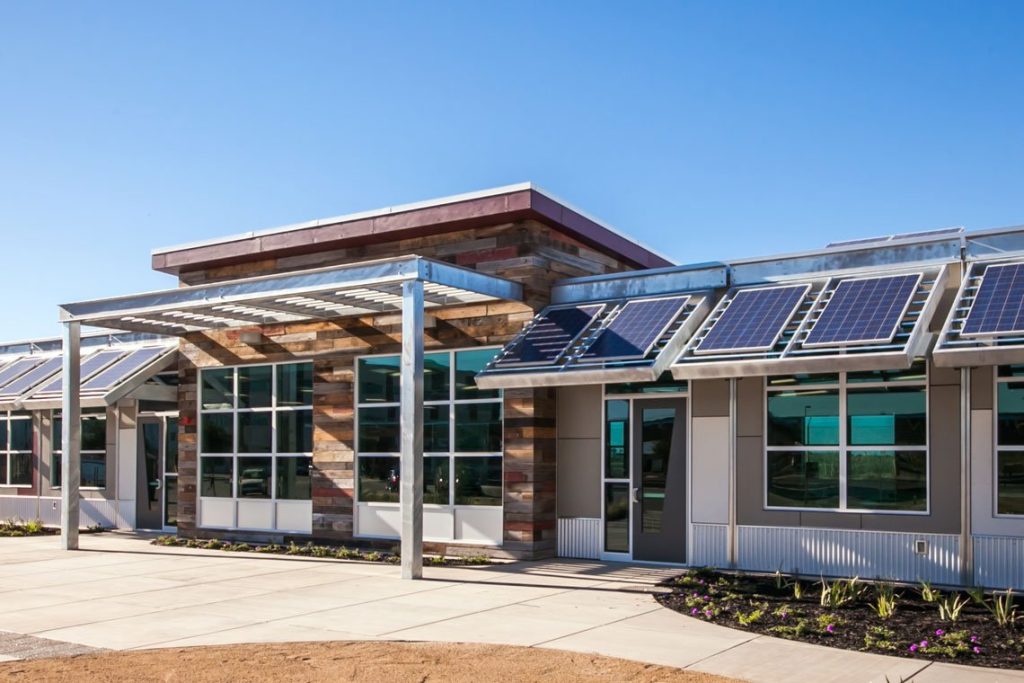As global awareness about environmental sustainability grows, schools worldwide are increasingly adopting eco-friendly practices. Educational institutions play a pivotal role in fostering environmental consciousness and responsibility among future generations. By implementing green practices, schools not only reduce their ecological footprint but also teach valuable lessons about sustainability, conservation, and stewardship. This article explores the significance of eco-friendly schools, practical strategies for incorporating green initiatives, and the benefits of sustainable education practices.
What Defines an Eco-Friendly School?

An eco-friendly school is an educational institution committed to minimizing its environmental impact and promoting sustainable practices throughout its campus operations, curriculum, and community engagement. Such schools integrate environmental awareness into everyday activities, influencing students’ attitudes, behaviors, and lifelong habits toward sustainability.
The defining characteristics of an eco-friendly school include energy efficiency, sustainable resource management, waste reduction, environmentally focused curriculum, and community involvement in green initiatives.
The Importance of Eco-Friendly Practices in Education
Implementing green practices in schools is essential for several reasons:
-
Environmental Responsibility: Schools adopting sustainable methods demonstrate leadership in protecting the planet and preserving resources for future generations.
-
Educational Impact: Integrating environmental education into curricula cultivates awareness, critical thinking, and responsible citizenship among students.
-
Economic Savings: Efficient resource management reduces operational costs, such as utility bills, freeing up funds for educational programs.
-
Healthier Learning Environments: Sustainable practices often improve indoor air quality, natural lighting, and outdoor learning opportunities, promoting student health and well-being.
Strategies for Implementing Green Practices in Schools
There are multiple practical strategies that schools can adopt to become eco-friendly institutions:
1. Energy Efficiency Initiatives
Improving energy efficiency significantly reduces electricity consumption and associated costs. Strategies include:
-
Installing LED lighting and energy-efficient appliances.
-
Implementing renewable energy solutions, such as solar panels.
-
Encouraging behavior change, like turning off lights and electronics when not in use.
-
Conducting regular energy audits to identify areas for improvement.
2. Waste Reduction and Recycling
Reducing waste and promoting recycling efforts create tangible environmental benefits:
-
Setting up accessible recycling stations throughout campus.
-
Promoting waste-free lunches and reusable containers.
-
Encouraging composting programs for organic waste.
-
Partnering with local recycling organizations for effective waste management.
3. Water Conservation Programs
Efficient water use contributes positively toward sustainability:
-
Installing water-efficient fixtures, such as low-flow toilets and faucets.
-
Utilizing rainwater harvesting systems for irrigation and landscaping.
-
Promoting educational programs about water conservation among students and staff.
-
Regularly monitoring water usage to identify and address inefficiencies.
4. Sustainable Transportation
Schools can significantly reduce their carbon footprint through sustainable transportation initiatives:
-
Encouraging walking, cycling, or carpooling to school.
-
Organizing “walk or bike to school” days.
-
Providing secure bicycle storage and pedestrian-friendly facilities.
-
Exploring electric or hybrid school buses as viable transportation alternatives.
5. Green Spaces and Outdoor Learning
Establishing green spaces creates valuable opportunities for outdoor learning, biodiversity, and student engagement:
-
Developing school gardens for hands-on environmental education.
-
Planting native plants and trees to enhance campus biodiversity.
-
Creating outdoor classrooms for experiential learning.
-
Encouraging student involvement in green-space maintenance and planning.
Integrating Sustainability into Curriculum
Eco-friendly schools integrate sustainability education into their curriculum, promoting environmental literacy:
-
Incorporating environmental topics across various subjects like science, geography, social studies, and mathematics.
-
Organizing field trips and project-based learning focused on sustainability issues.
-
Encouraging critical thinking about environmental challenges and solutions.
-
Promoting student-led sustainability projects and initiatives.
Involving Students and the Community
Successful green practices require active student and community participation:
-
Forming student eco-clubs to engage learners actively in sustainability projects.
-
Involving families and community members in environmental initiatives and events.
-
Partnering with local environmental organizations to enhance sustainability efforts.
-
Celebrating environmental achievements through recognition programs and events.
Benefits of Eco-Friendly Schools
The advantages of implementing eco-friendly practices in schools extend beyond immediate environmental benefits:
-
Enhanced Student Learning: Hands-on environmental education enriches students’ educational experiences and cultivates critical thinking and problem-solving skills.
-
Improved Health and Well-being: Sustainable schools often provide healthier indoor environments and increased access to outdoor activities, promoting physical and emotional wellness.
-
Positive Community Relations: Demonstrating environmental responsibility strengthens community ties and builds positive relationships with local organizations and families.
-
Long-term Cost Savings: Eco-friendly measures frequently result in lower operational costs over time, freeing resources for essential educational programs and improvements.
Challenges and Solutions in Implementing Green Practices
While transitioning to eco-friendly practices, schools may face specific challenges:
-
Budget Constraints: Initial investments in sustainability initiatives might appear costly. Solutions include seeking grants, community funding, and partnerships with environmentally focused organizations.
-
Limited Knowledge and Training: Staff might lack knowledge or experience in sustainability practices. Offering professional development, training, and educational resources helps overcome this obstacle.
-
Behavioral Change Resistance: Shifting established habits requires consistent effort and education. Regular communication, incentives, and highlighting tangible benefits encourage behavior modification among students and staff.
Future Trends in Eco-Friendly Education
The future of eco-friendly schools points toward innovative developments, including:
-
Greater Technology Integration: Employing advanced technologies like smart building systems, energy-efficient equipment, and virtual environmental simulations.
-
Expanded Student Leadership: Increasing opportunities for student-led environmental projects and decision-making processes.
-
Enhanced Global Partnerships: Establishing collaborative international initiatives, sharing best practices, and collectively addressing global environmental challenges.
Conclusion
Eco-friendly schools play a critical role in shaping Environmentally responsible Citizens by Integrating Sustainability into campus practices, curriculum, and community engagement. Implementing green strategies fosters student awareness, improves school environments, saves costs, and positions schools as leaders in environmental Stewardship. Embracing Eco-friendly education ensures a Healthier planet and a Brighter future for current and future generations.
Need fresh CSS inspiration? Visit CSS Mayo for a curated collection of stunning CSS Snippets and creative design ideas! – https://www.cssmayo.com

